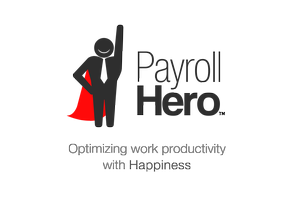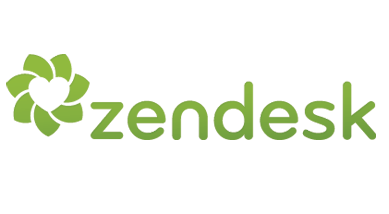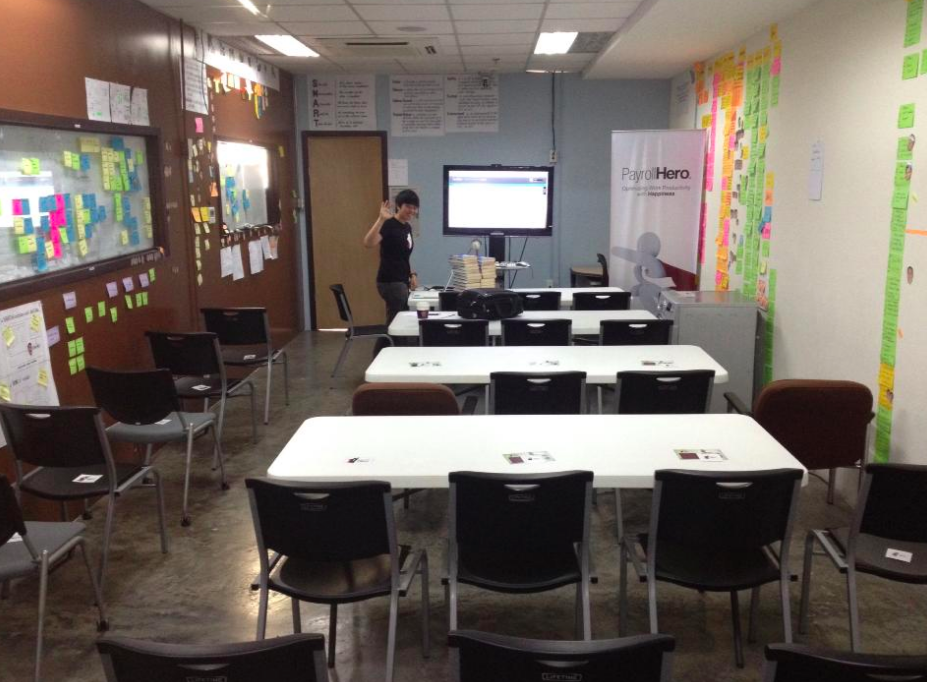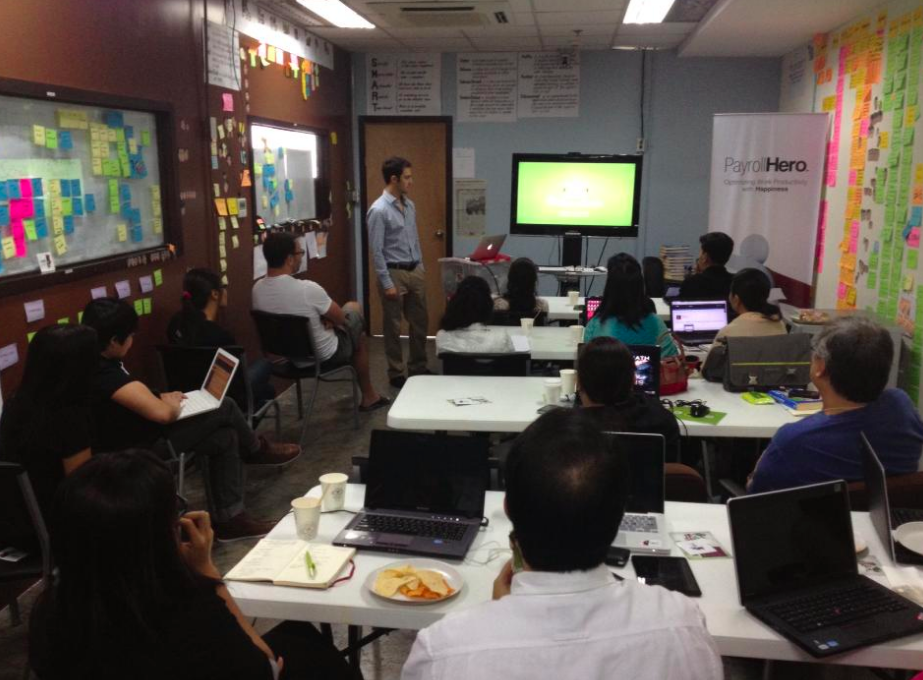
Kalibrr CEO Paul Rivera at the e27 Echelon Conference
When Paul Rivera, the CEO of Kalibrr was in Silicon Valley as part of Y Combinator he and I were chatting about how it was going. One of the things he mentioned was that Paul Graham suggested that all of the startups do things that don’t scale. Since then, Paul Graham has written an essay on why he wants startups to “do things that don’t scale” and Jason Fried has recently followed it up with his own thoughts on his blog.
I wanted to take a moment to talk about how we have been doing things at PayrollHero. Many of the internal functions we have been completing have been manual out of choice, but some simply because we just did not have enough resources to automate them at this time – or better yet, we have our resources working on other higher priority tasks.
As with any startup, decisions must be made on what to do, what not to do, what to automate and what to do manually.
At PayrollHero, much of the business development and client happiness (read: customer service) departments tasks are completed manually. We do this out of choice so that we can stay hyper focused on the customer’s needs, likes, dislikes, issues, questions, etc.
Business Development
For business development most of our leads come in through online marketing but we funnel all of those leads into a web form that drops the details into my email. We do this for a few reasons;
– We wanted to make that we were paying close attention to every lead that came in. I email back and forth with each of them to ensure that they are the right fit for PayrollHero. As a startup, we end up saying no, more than we say yes. It is very hard to do, but we have found that focusing on a specific niche enables us to deliver a fantastic product for that tight niche. This will slowly loosen up as we continue to expand the platform.
We do use some automation, leads are added to our Highrise and MailChimp accounts, there is also a quick auto-responder that is sent out from the Wufoo form that directs the lead to our YouTube page as well as answers a few commonly asked questions. That auto-responder ensures that the lead knows we have received the inquiry and provides them with some details of questions we know they will ask when we start emailing back and forth with them. (we know thanks to our one on one calls that we conduct)
– As we worked over the last year to understand the onboarding process of new clients we found that handling all leads that were coming in manually, was the best way to understand not only what they were looking for, but how they currently handled their time, attendance, scheduling and payroll, what their pain points were and what part of our offering caught their attention.
– For leads that are qualified, and interested in taking the next step we do a Skype or Google Hangout call to run through how the platform works. We have recently begun using YouTube to showcase the walkthrough that we would normally do with the client. Sometimes both are needed but we are ready now to start documenting the individual features of the platform as we start to ramp up. Our YouTube videos are also embed into our Zendesk knowledge-base so that leads/clients can not only read about how certain features work but watch as well.
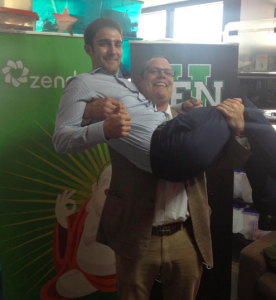
Zendesk’s Nick Franklin (Head of Sales SE Asia) and Michael Hansen (VP) at the PayrollHero offices for the Zendesk bootcamp in our “think tank”
– We also do in-person bootcamps as well as online webinars to educate leads/clients on how PayrollHero works. Webinars are much more scalable than bootcamps but both have been effective tools in growing our client base. We have been working closely with Zendesk’s head of Southeast Asia Business Development and done a few events with them across the region.
There is much more to the business development side of the business but these are some examples of how we handle things manually. We will automate the systems we have in place in short order, but doing them manually from the start has provided us with much needed feedback and direction for where to take PayrollHero.
Client Happiness Team
For our client happiness team we onboard new clients manually in almost every way. Our focus has been to understand what the process is with new clients and constantly tweaking it so that we can continually improve.
We use Asana to create tasks for all new clients that need to be onboarded and have a task template that gets added so we know what still needs to be done. This task template includes items like adding employees (we do the heavy lifting to get the employees in), setting up, customizing for how the client handles things like earlies, lates, overtime, undertime, etc. As you can image, every client does things differently when it comes to the internal workings of their business. We work to understand their unique setup and tweak our platform so that it best suites them.
One of the best pieces of advice that we ever got was from Daniel Debow who said that no matter what, make the system as flexible as possible as no matter how similar some clients seem, they will still do things very differently from each other. This initial feedback was why we built fully customizable system permissions, thresholds and much more.
But, just because we do many things manually now, does not mean that this is always the plan. As we continue to grow we continue to automate certain functions of our sales and onboarding process. In a few months we will move from being mostly manual to mostly automated and we will apply the learnings we have had from the last year and a bit to automating our systems.
If you are interested in PayrollHero, feel free to reach out as we would be pleased to chat further about your needs.
If you are in business development or customer service, let us know in the comments what tools you use within your business. We are always interested to learn more.
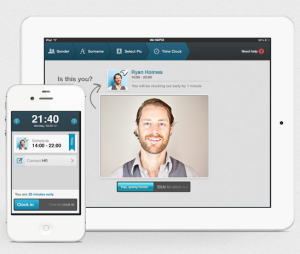

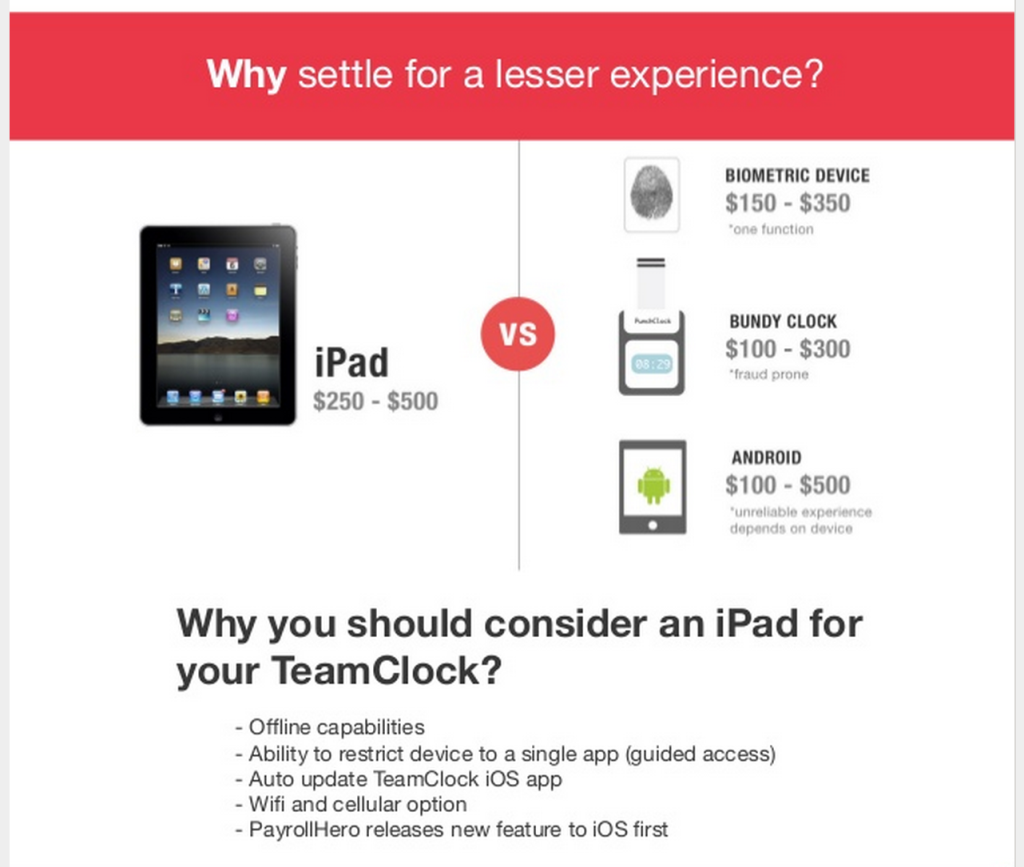




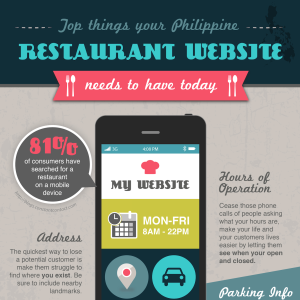 We have been coming to the Philippines since 2008. Travelling all over the region and dining at many different types of establishments.
We have been coming to the Philippines since 2008. Travelling all over the region and dining at many different types of establishments.


